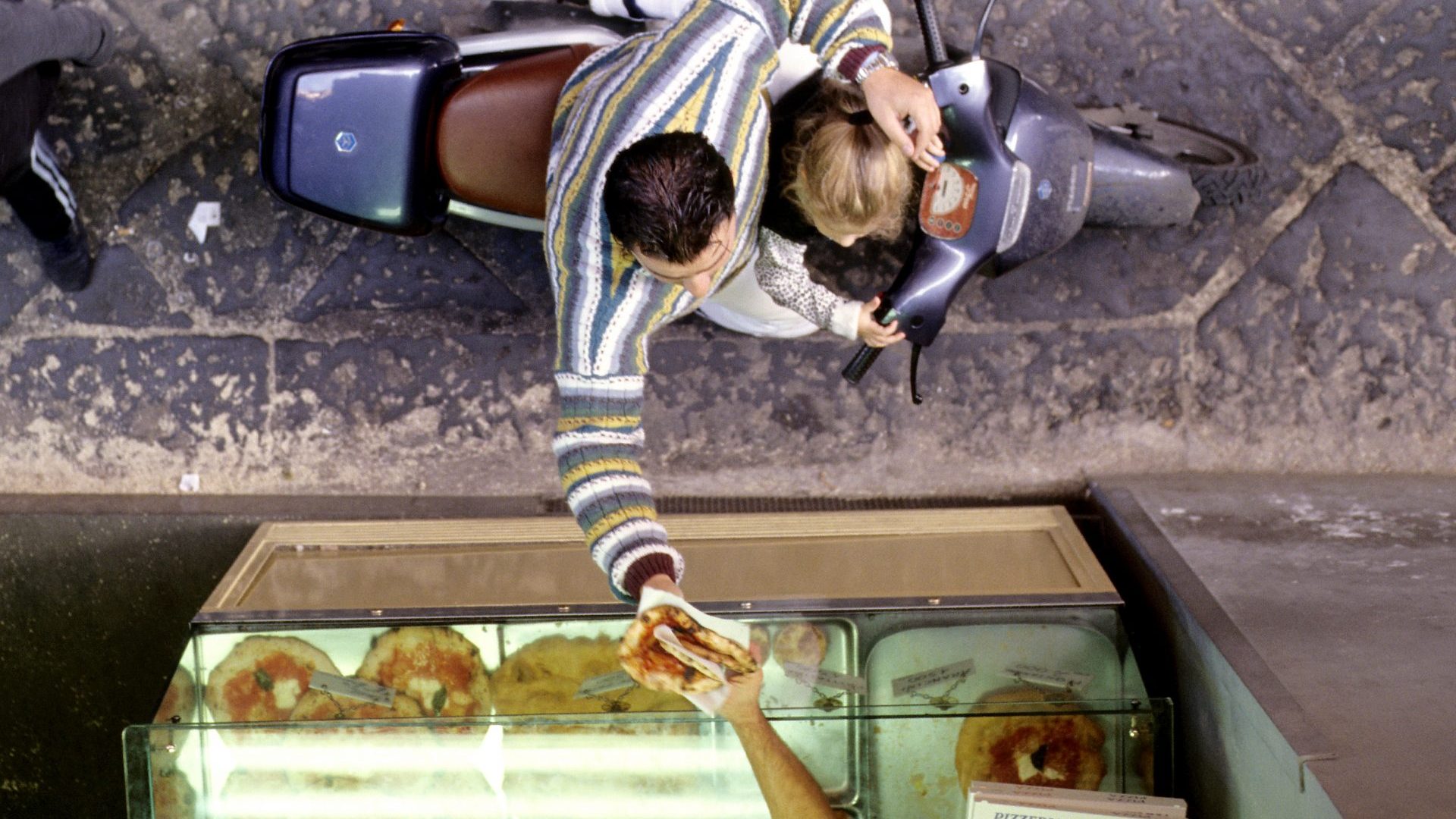There are seven deadly sins known to mankind: pride, greed, wrath, envy, lust, gluttony, and sloth. But not many people know of an eighth sin lurking within Italy and more particularly in the ancient southern city of Naples. That is of course, putting pineapple on pizza.
One famous Neapolitan pizzaiolo (pizza maker) dared to ignore the rule set in his home city by adding the tangy fruit, stunning food purists.
“I’ve noticed in the last few years that lots of people were condemning ingredients or ways of preparing food purely because in the past most people didn’t know them,” said Gino Sorbillo. “So I wanted to put these disputed ingredients – that are treated like they’re poison – onto a Neapolitan pizza.”
“Why shouldn’t we rediscover pineapple?”
Sorbillo is without question the first name most people associate with Neapolitan pizza. The 50-year-old has been dedicated to Neapolitan pizza-making for decades, with the craft itself becoming a UNESCO culinary process in 2017. He has chains all across Italy from Milan to Naples as well as in Spain, the US and Japan.
But the beating heart of his business is still based in Naples’ historic centre on Via dei Tribunali, the launchpad for pineapple pizza or pizza all’ananas. If Sorbillo’s intention was to create a foodie debate, he certainly succeeded: his decision was written in national and international newspapers, discussed on national television, and blasted on social media.
There was even a call to boycott his pizzeria and currently there is an ongoing social media spat between Italian businessman Flavio Briatore and Sorbillo himself, with the former dismissing Sorbillo’s credibility as a pizzaiolo. Not that Sorbillo minds; he’s now selling “pineapple on pizza” t-shirts on his website. The shirts have a drawing of a pineapple and a pizza holding hands with love hearts in between them.
But Antonio Pace, the president and founder of the Neapolitan Pizza Association, is not amused.
“Pizza lives in the history of Naples. It is a part of us. A margherita, the classic pizza, doesn’t cost a lot as it’s made of water, flour, tomatoes, cheese, olive oil and basil. It’s the most beautiful thing,” he told me on a phone call last week.
He jokes that only two people have ever told him they dislike it.
Pizza is a serious subject for Pace – his association assesses restaurants to ensure they meet the Neapolitan standard. He says he wants to defend Neapolitan pizza and show the world what it should be.
In the 40 years he’s been doing this job he’s seen pizzas of all colours, flavours and shapes. It just so happens he also knows Sorbillo, who is ranked in his association as being a master pizzaiolo.
“Pizza is not a sweet dish, it is a savoury one and therefore for me, the concept of pineapple on pizza is strange. It’s a new thing and I’m not angry about it,” Pace says.
“But let me make one thing clear; it’s not a real Neapolitan pizza and never will be. Pineapple on pizza is more of a gourmet pizza. You could put chocolate on a pizza and it still won’t be a Neopolitan.
Shortly after my conversation with Antonio I was on a train to Naples – I simply had to check it out. I got to Sorbillo’s pizzeria in Via Dei Tribunali way before the opening time. Was I panicking about what people would think of me when I ordered a pineapple pizza? Yes, I was.
Did I feel the need to explain to the Neapolitan waiter that I was trying out the pizza for an article? Yes, I did.
And did I catch the man sitting next to me eating his margherita looking at me in contempt, as my pizza all’ananas came out? Multiple times.
I even asked the waiter how many orders for pineapple he took per shift and he reckoned around 50. Bear in mind this particular branch has hundreds if not thousands of customers a day.
I took my first bite and was pleasantly surprised; the tomato-free pizza base let the mild mozzarella and sharp cheese shine through. Along with the caramelised pineapple, the effect was an amazing harmony of flavours. I ate it all, unashamedly, in minutes.




